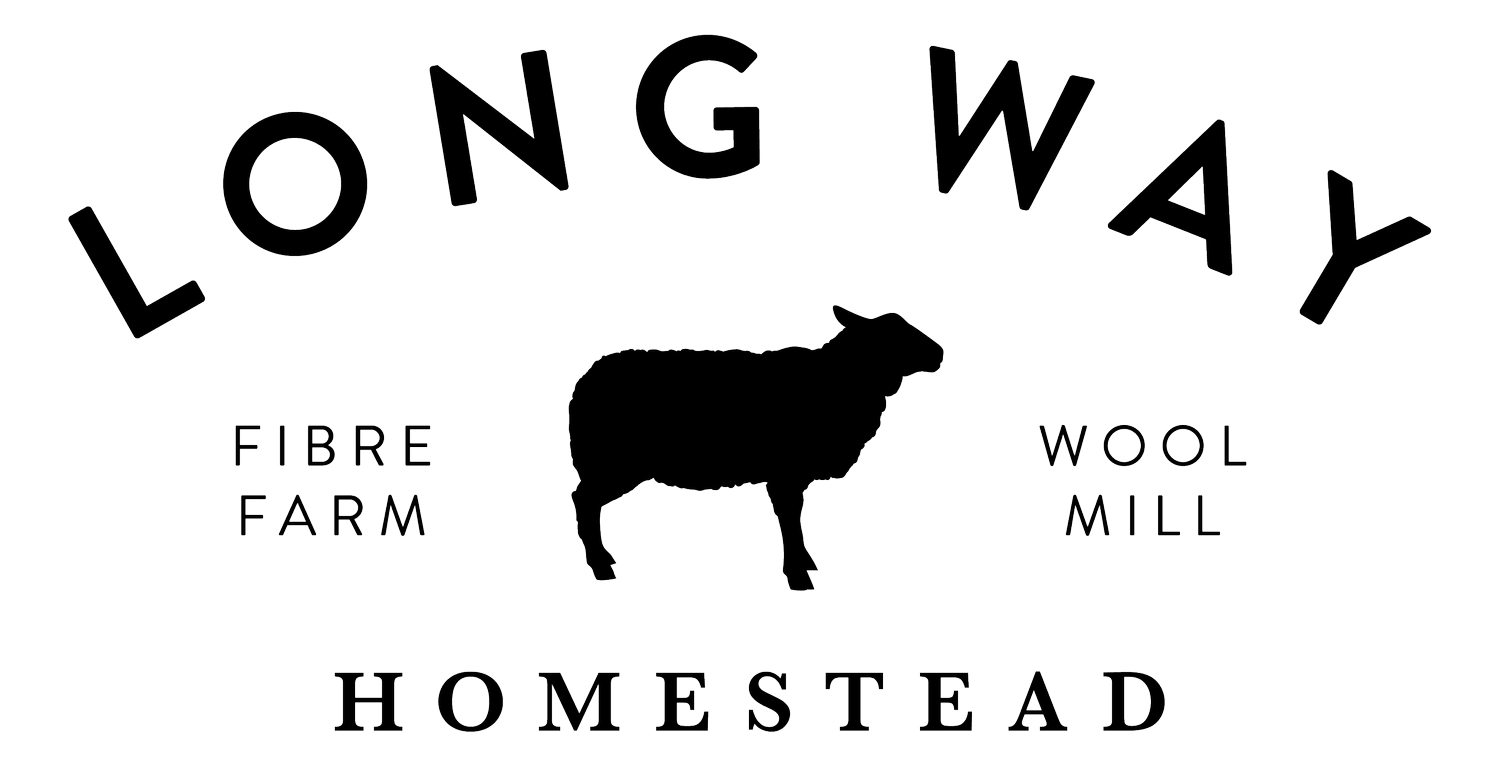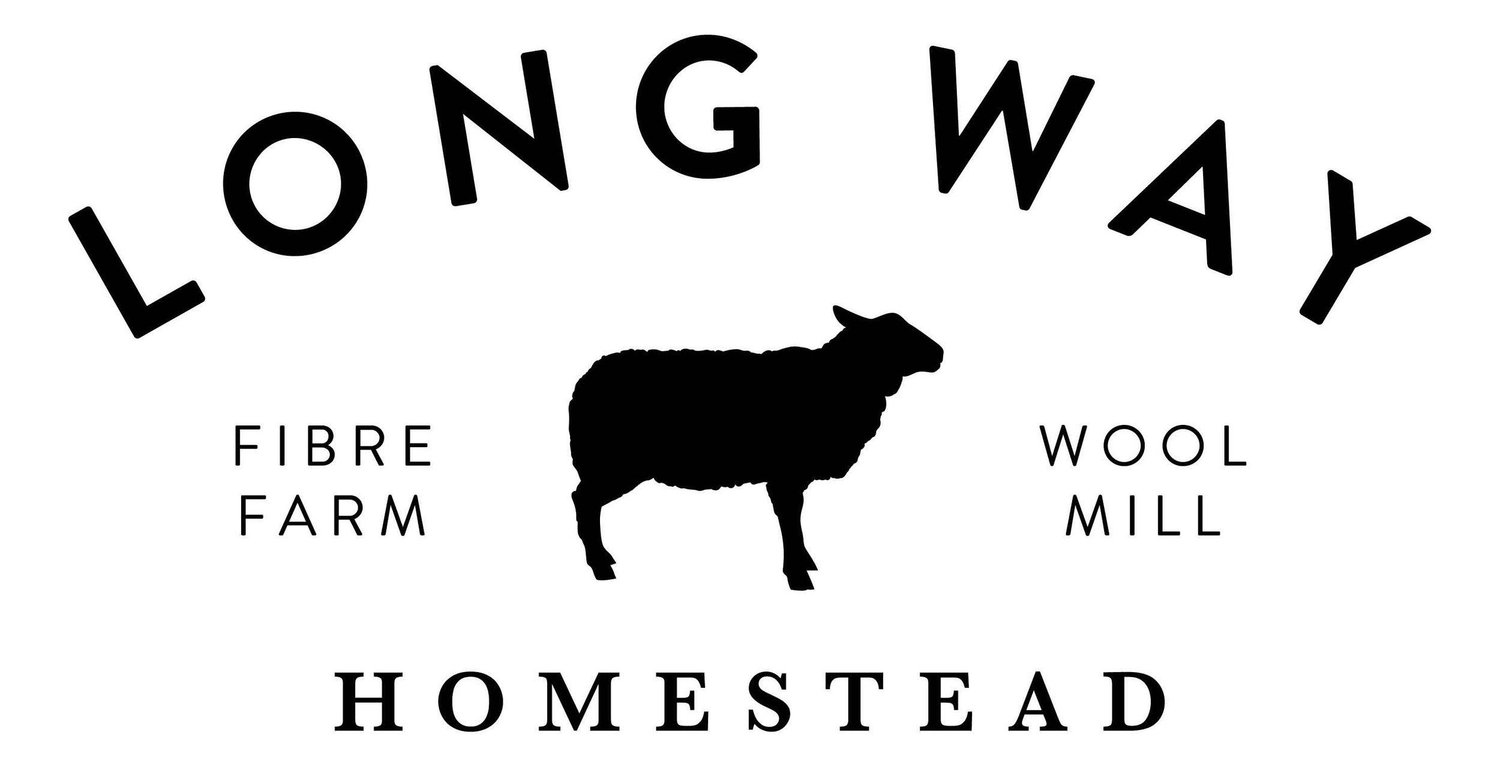We use a sliding scale for many of our workshops as a way to create more financial accessibility to our workshops and events.
The economic concept of sliding scale at its most basic: people pay as they are able to for services, events and items. Those with access to more resources pay more and thus provide the cushion for those with less access to pay less, creating a sustainable economic underpinning for said services, events and items. (Hadassah Damien)
Implementing a sliding scale is a part of our commitment to challenging privilege and with that we recognize that financial resources should not be the determining factor for folks that want to access farming and textiles education, information and experience.
At the moment we do not receive any external funding for field school, so as a small business we offer sliding scale payment where we can without endangering our ability to provide for our family. The hope is that our sliding scale system will help our fibre and textile community thrive - with a commitment to diversity and economic and social justice.
We understand this system is new to some folks - and we will not do any type of income verification. Here is an excellent description of how to navigate a sliding scale if you have not ever used it before
“If paying for a class, product, or service would be difficult, but not detrimental, it qualifies as a sacrifice. You might have to cut back on other spending in your life (such as going out to dinner, buying coffee, or a new outfit), but this will not have a long term harmful impact on your life. It is a sacred sacrifice in order to pursue something you are called to do. If, however, paying for a class, product, or service would lead to a harmful impact on your life, such as not being able to put food on the table, pay rent, or pay for your transportation to get to work, then you are dealing with hardship. Folks coming from a space of hardship typically qualify for the lower end of the sliding scale. I find the idea of sacrifice versus hardship to be a very useful nuance when talking about class and access because it recognizes and respects that paying for something might still be a challenge even if it is just a short-term one, while giving appropriate space for those who are dealing with financial hardship. ”
Please go check out Worts and Cunning website, as they do an excellent job of diving into the issue of class and access to services.
Here is an idea of how to navigate our specific sliding scale model:.
The highest cost - This is how much we would charge for the workshop if we were not implementing a sliding scale. We pay teachers/guest lecturers a living wage and this amount allows us to continue doing the work we are doing. If you are financially secure and you have the income to pay for ‘wants’ without it affecting your ability to meet your needs than this is the price to choose.
The median cost - This level is for those who would feel the financial pinch if they were to pay the highest price. If you are able to meet your basic needs, but still trying to gain long or short term financial security then this level is for you.
The lower cost - This level is for those that would not be able to attend workshops/classes at the full rate and their financial circumstance would prevent them from attending classes/workshops if not for an intentional opportunity made for them to access services at a cost that is reflective of their economic realities. If you struggle to maintain access to needs such as health care, housing, food, child care, and are living paycheck to paycheck or are in significant debt, you belong probably belong here and you deserve a community that honors your price as equal an economic offering as the person who can pay the highest cost. (from Worts and Cunning website)
As field school develops, we hope to offer even more opportunities for scholarships and learning opportunities for communities that have less access to farming and textile education because of class, race, colonialism and other barriers.


